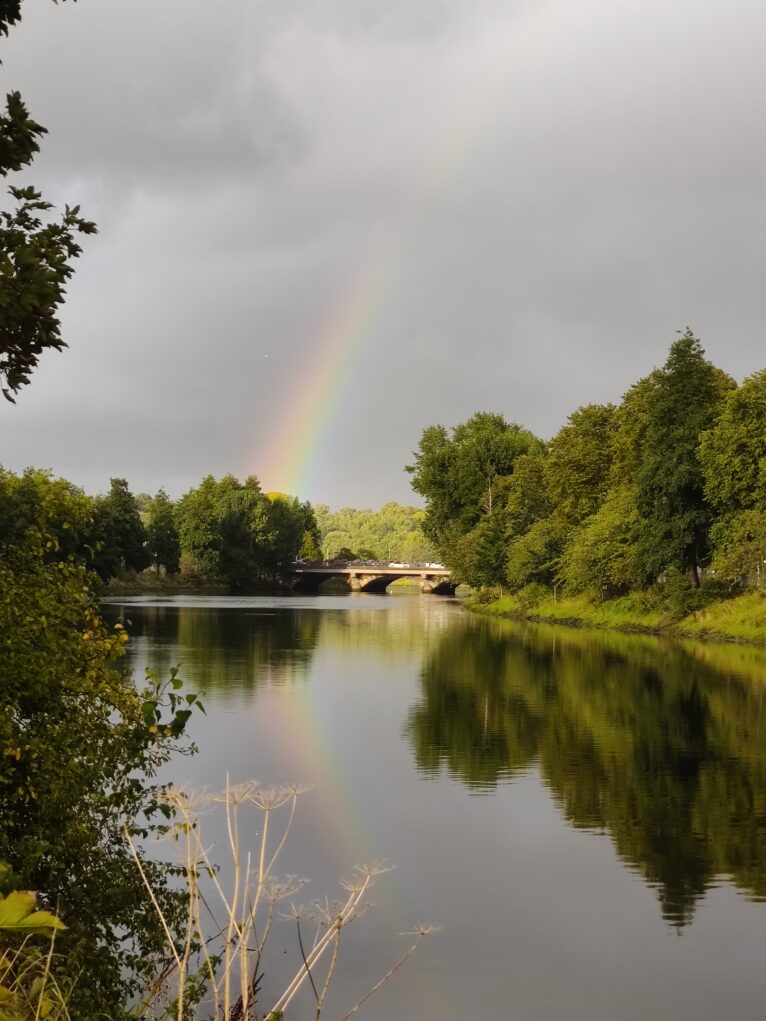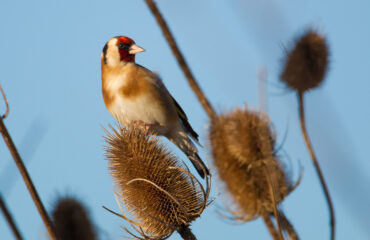The NI Assembly and Executive are back – what next for the NI environment?

After missing for two years, the Assembly and the Executive, especially the Minister in the Department for Agriculture, Environment and Rural Affairs have a lot of catch up to do. The new minister, Andrew Muir, is from a party, Alliance, which has never held this portfolio. He furthermore, compared to his predecessor, is not a farmer. He has committed to focus on the “full remit” of the department – which has already been interpreted by Agriland as meaning he would favour climate and environment over agriculture. Whether Muir will favour environmental action as much as agriculture policy (or indeed more), is definitely too early too tell. What we can note at this stage is that the minister has a very full in-tray, and that its Department and the NI Environmental Agency have serious challenges ahead to address those priorities especially in the face of their long-standing lack of capacity and the still fraught political situation in NI.
This post suggests the new Minister is faced with four different sets of priorities on the environmental front of its portfolio. Some of those priorities extend beyond the environment. Other priorities, such as continuing to deliver a new Agricultural Policy in NI are not mentioned but are definitely there. As the minister mentioned, “DAERA has an extensive and diverse portfolio” and one blog post would not be enough to cover it all.
1. Catching up on missed statutory deadlines
In the absence of ministers, civil servants in Northern Ireland were limited in the decisions they could make, and the policies they could publish – see for example DAERA Permanent Secretary Katrina Godfrey’s letter to the OEP last month explaining the absence of a NI Environmental Improvement plan which should have been published back in July:
“In the absence of ministers, it remains my judgement that it is not appropriate for officials to introduce what would clearly be a new, major policy with significant new public expenditure commitments.”
Beyond the NI EIP, under the same 2021 Environment Act DAERA also missed the deadline for a statement on environmental principles, which should guide all public authorities in NI when making decisions (similar duties are already in place in England and Scotland since November 2023). Other missed deadlines include the publication of a final Third River Basin Management Plan to tackle water pollution in Northern Ireland, and last but certainly not least NI’s first Climate Action Plan Under the 2022 NI Climate Change Act.
2. Implementing the Windsor Framework
This obviously goes beyond the AERA portfolio and yet the department is particularly exposed to Brexit and its’ aftermath. This is both a matter of physical delivery – building border posts etc., under lead from DEFRA – and legal developments: as the EU has been very active in environmental affairs under the von der Leyen Commission’s European Green Deal, a number of pieces included in the Windsor Framework’s annexes have now been updated/or are about to. Thus, whether the Stormont brakes get triggered or not will matter for AERA especially. Beyond the ‘what ifs’ of the brakes, we still do not have a transposed 2019 Single Use Plastics Directive in NI, even though this was added to the (then) Protocol in December 2019. Before the Assembly fell, Muir’s predecessor suggested DEFRA, not DAERA, should be in charge of transposing the rules in Northern Ireland. Two years later we are none the wiser as no transposition has occurred. We are now in a truly ludicrous situation where the only part of the UK which was supposed to keep pace with the EU on Plastics is the only which has not.
3. Lough Neagh
The richness (or messiness) of the AERA portfolio will be fully felt when considering Lough Neagh (and other water bodies) affected by eutrophication and algae blooms. This raises questions of the type of agriculture we want in Northern Ireland and how we can support farmers to farm sustainably, in particular when it comes to biodiversity and water quality; as well as how we manage water more generally, but also, especially in the Lough Neagh case, invasive species. Civil servants have been criticised for acting slowly on Lough Neagh – having a minister may help there, and make action more visible. It remains that the issues fuelling the crisis in the Lough are longstanding and will require coordination with (amongst others) local Councils and the Department for Infrastructure (in charge of planning) to tackle.
4. North/South Ministerial Council and the Shared Island Initiative
The Executive and Assembly is back, so we now have Strand 1 of the Belfast/Good Friday Agreement up and running. The DUP came back after their concerns about East/West, Strand 3, were addressed. What about Strand 2, the North/South dimension? In the run-up to the Assembly falling in 2022 the DUP had mostly abstentious approach to attending North/South Ministerial Councils – with a DUP minister in charge of DAERA this meant no ministerial representation from NI on what are two of the six areas of cooperation under the Belfast/GFA (environment and agriculture). In recent years, collaboration on environmental, but especially Climate and Biodiversity issues have been pursued by the Irish government with its Shared Island Initiative. With a new minister, less likely to boycott the NSMC, we have a rare window of opportunity to ‘link the Irish environment‘ and put cross-border and all-island environmental challenges and cooperations back on the political agenda.




